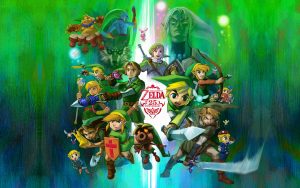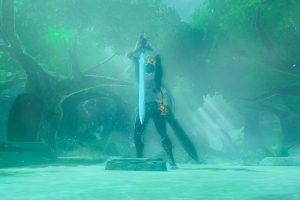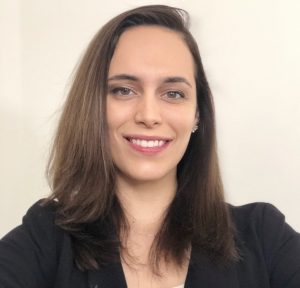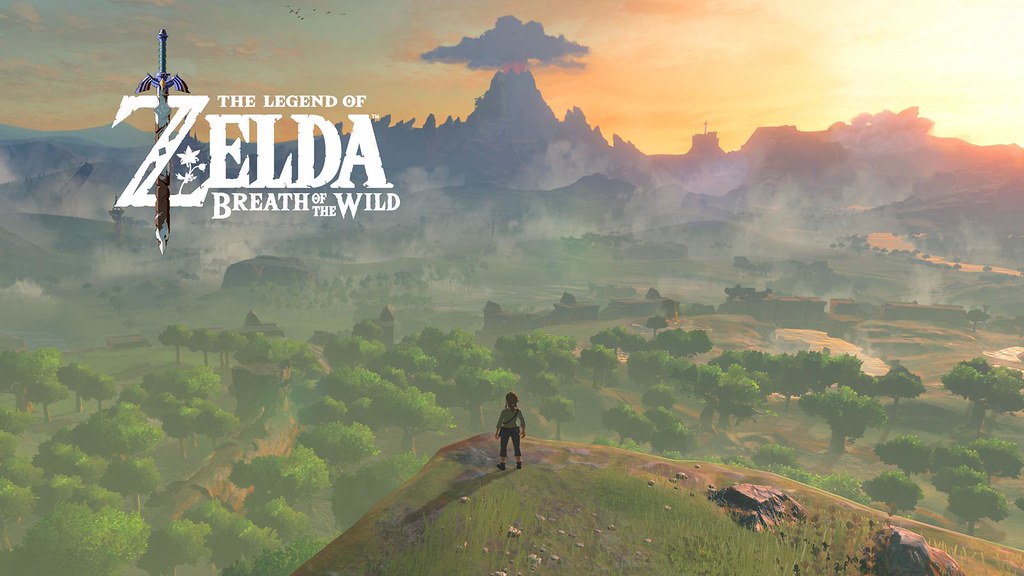The Legend of Zelda is a Nintendo video game series centered around protagonist Link. One of the newer installments of the series, Breath of the Wild, has won several awards in the gaming industry. But, what in the world does the Legend of Zelda have to do with patent law?
In 2022, sharp-eyed fans discovered a triad of Nintendo patent applications. They searched for publically accessible patent applications online. Fans then speculated about future game mechanics in an upcoming Zelda sequel.
As a fan of both the Zelda series and patent law, I was curious about whether the applications contain patentable subject matter. To explore this question, I first thought back to the basics of patents.

Level One: Patent Fundamentals
All the basic building blocks of patentability must be present in order to obtain a patent and enjoy patent rights. The essential blocks are: patentable subject matter, that it is useful, new, and nonobvious, which is also enabled by the details of the application.
Patentable subject matter refers to some kind of “invention”. In patent law, “invention” is defined broadly in general, and U.S. court cases have limited its meaning. Natural phenomena, laws of nature, and abstract ideas — on their own — are not patentable subject matter.
An invention must be both new and nonobvious to be eligible for a patent. It cannot be something that somebody else already invented. It also cannot be something that would be obvious to invent to an artisan in the relevant field.
An application also needs to satisfy two criteria. The application must enable an artisan in the relevant field to make and use the invention. In addition, the application must adequately provide a written description of the invention.
Once the basic building blocks are all present and a patent has been granted by The United States Patent and Trademark Office (USPTO), the patent owner has the right to exclude others from certain acts. The owner can exclude others from making, selling, offering to sell, using, or importing the patented invention for a limited period of time.
Level Two: Software as Patentable Subject Matter
Software code is a set of instructions interpreted by a computer. It contains adapted human language and mathematical equations. The U.S. Supreme Court has held that software code is patent inegligble subject matter on its own. It must be “transformed” beyond an abstract idea.

The Federal Circuit, a court dealing with patent matters, has helped explain how an abstract idea transforms. In 2018, the court held that software that works in a specific way to achieve desired results is patent eligible subject matter. It found that a patent application for software directed to specific steps directed at a desired result had transformed. The court emphasized that the the patent application explained and illustrated the specific use of the software to do more than simple computing tasks.
Furthermore, the USPTO has previously granted patents for video game software. Split-screen “dual reality” gameplay was patented in 2016 and remains valid today. The “nemesis system” from Middle Earth: Shadow of Mordor is another patented game processing method.
Nintendo’s Zelda patent applications also have similar subject matter to these currently valid gaming software patents. Some of the patent claims are for information processing, for example. Nintendo’s new applications include the same type of subject matter.
Level Three and Beyond: From Software to Patentable Subject Matter
The triad of patent applications each describe and claim a use of gaming software. The first application is for a “free fall” mechanism, where the player can aim a bow and arrow while falling. The second application is for an “ascend” mechanism, where the player can move upward through a three-dimensional object. The third application is for a “rewind” mechanism, where the player can send an object backwards in time.

Each of the patent applications descibes in detail the exact conditions required trigger the mechanism. The drawings in the applications provide visual context for each mechanism. Logic charts show the processing methods that the software uses and what results occur.
Nintendo very likely transforms the software from abstract ideas into patentable subject matter in its Zelda applications. Each gaming software application is linked to a specific set of conditions that occur during gameplay. The resulted outcome is the imaginiative freefall, ascend, or rewind mechanism.
Just like the Federal Circuit emphasized in 2018, these applications explain and illustrate a specific set of steps to achieve a wanted result. They also mirror the eligible subject matter in the currently valid gaming software patents discussed above.
It is still unclear whether the patents will ultimately be granted by the USPTO. It can likely be argued that the upcoming Zelda patents are unlikely to be rejected on the basis of ineligible subject matter as software.

Christina Conroy
Associate Blogger
Loyola University Chicago School of Law, J.D. 2023
